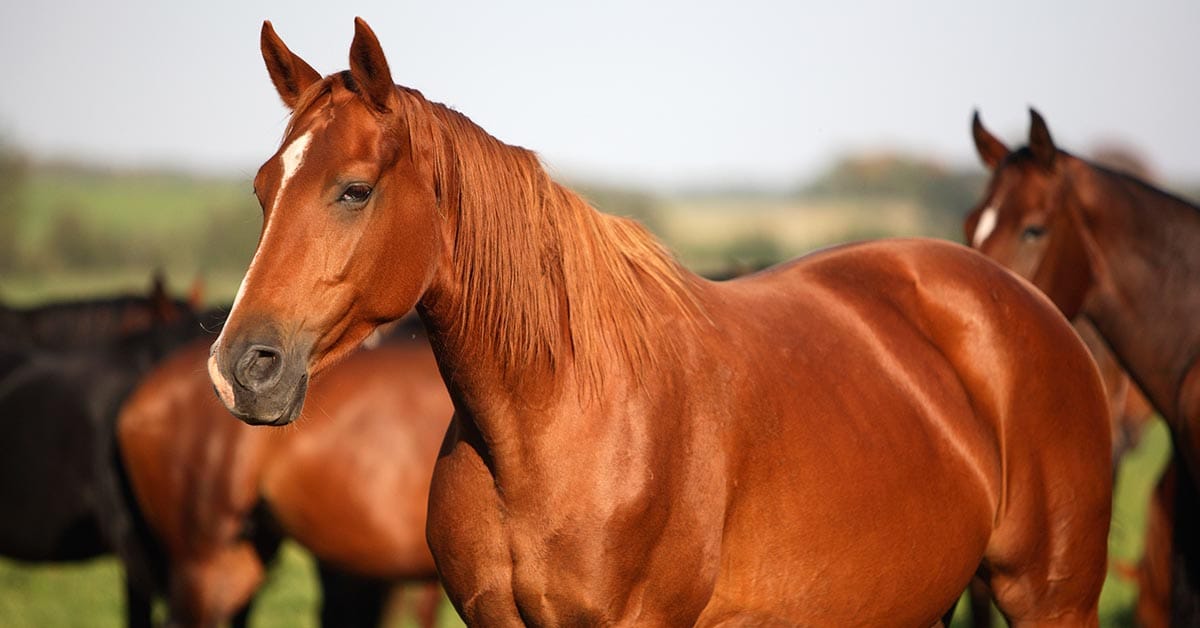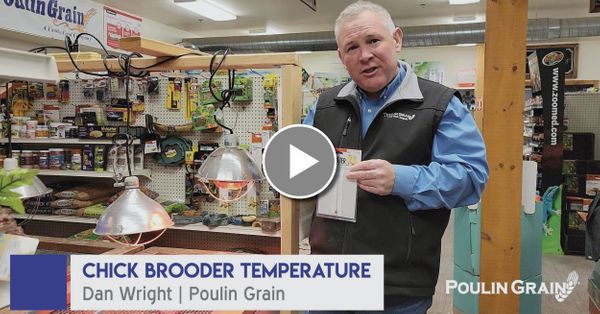Probiotics and Prebiotics: What and Why?

Horses have a unique digestive system. The front portion of the digestive system, the stomach and small intestine, utilize enzyme digestion to break down food material. The back portion of the digestive system (hind gut), the cecum and colon have a microbial population (bacteria, yeast, fungi) that ferment and breakdown fiber. These microbes in the hind gut break down and ferment fiber, producing volatile fatty acids that serve as a significant energy source. During this fermentation of plant fiber, microbes also synthesize B vitamins and other nutrients essential to the health and well-being of the horse. In order to efficiently digest fiber, the microbial population of the hind gut must be healthy and their numbers at appropriate levels. There are additives that can be incorporated into the feed or used as supplements that may assist in keeping the microbes in the hind gut healthy and primed for proper digestion.
Probiotics
The term “Probiotic” is opposite to “Antibiotic”. An antibiotic is a product that will actually kill or destroy certain bacteria. A probiotic is an organism thought to be beneficial to the host organism. According to the currently adopted definition by the food and agricultural organization, probiotics are: "Live micro-organisms which when administered in adequate amounts confer a health benefit on the host". In this case, the host can be either bacteria within the digestive tract or the horse. Bacteria such as Lactobacillus acidophilus, Enterococcus or Streptococcus faecium are the most common types of microbes used as probiotics in horses; but certain yeasts are also used. Poulin Grain utilizes a live cell yeast culture based on a Saccharomyces cerevisiae strain specifically selected for its influence on animal performance. Another common term used for probiotics is direct fed microbials (DFM).
Many horse owners use supplements or commercial feeds containing some or all of these microorganisms with the purpose of keeping the hind gut microbial population stabilized. It is very easy to disrupt the horse’s hind gut. An abrupt change in feed or any kind of stress, even the stress of putting a horse in a trailer and taking him somewhere, a visit by the veterinarian or farrier, a strenuous showing or work schedule, can disrupt the gut. A high-grain, high-concentrate, low-fibre diet may also damage or destroy microbes in the hindgut.
Small amounts of these important probiotics added to the diet on a daily basis may be beneficial as there are a myriad of things that can stress horses. It’s easy to change the gut microbes very quickly; the life cycle of some of the microbes is as short as 15 minutes. Thus it’s a good idea to include them in the ration. It’s an inexpensive insurance policy.
Research on live cell yeast in horses has shown increased fiber digestion and phosphorus digestion in supplemented horses. This led to further studies showing increased wither heights in foals from dams supplemented with select strains of yeast throughout gestation.
Since these are living organisms, the question often comes up about shelf life of the products, and whether the microbes actually make it to the hindgut when fed— can they withstand the digestive process through the first part of the digestive tract or withstand the temperatures involved in feed processing? Poulin Grain has carefully selected specific probiotics because of their ability to withstand feed processing temperatures. Its microencapsulated technology enables it to travel unharmed to the hindgut where it is most effective.
Prebiotics
Prebiotics are non-digestible food ingredients that stimulate the growth or activity of bacteria in the digestive system. Most (but not all) prebiotics are carbohydrates— long chains of sugar molecules bound together. Common examples of prebiotics include fructooligosaccharides (FOS), xylooligosaccharides (XOS), polydextrose, mannooligosaccharides (MOS), and galactooligosaccharides (GOS).
MOS is a non-digestible sugar that has the same binding site on its surface as the small intestine. Many pathogens bind to the wall of the intestine and this is how they gain access to start their damage and the disease process. When you feed the horse prebiotics such as MOS, the bad bacteria adhere to these sugars. Since these sugars (prebiotics) are non-digestible, the harmful pathogens are carried on through the digestive tract rather than causing disease.
Use of Probiotics and Prebiotics
Horse owners who use their animals in strenuous careers often use these products in the horses’ daily ration. This can help make a difference in keeping a high end performance horse functioning at their best.
Young and aged horses also benefit from probiotic and prebiotic use because their intestinal tracts usually are not functioning at peak efficiency. Foals lack a fully balanced level of bacteria in their systems and thus cannot completely and effectively digest food. Aged horses often have intestinal scarring or other conditions that make it difficult for them to digest and absorb their food.
Other scenarios where use for these products may be important is re-establishing proper gut function after the horse has been ill, off feed, or treated with oral antibiotics that killed some of the beneficial microbes in the hind gut. Medications that kill pathogenic bacteria also kill good ones. If the gut has been compromised by stress, illness, antibiotic treatment or the horse not eating, it is critical to quickly re-establish these good microbial populations. Therefore, the use of probiotics and prebiotics in horse feed is a valid, research based approach to keeping horses healthy.
Live Cell Yeast is included in all 3 lines of Poulin Grain equine feeds: EQUI-PRO, E-TEC, and Decade, and is also available as a Live Cell Yeast supplement.

Contact your Poulin Grain Feed Specialist to test your hay quality and build a diet for your horse.
www.PoulinGrain.com | 800.334.6731






